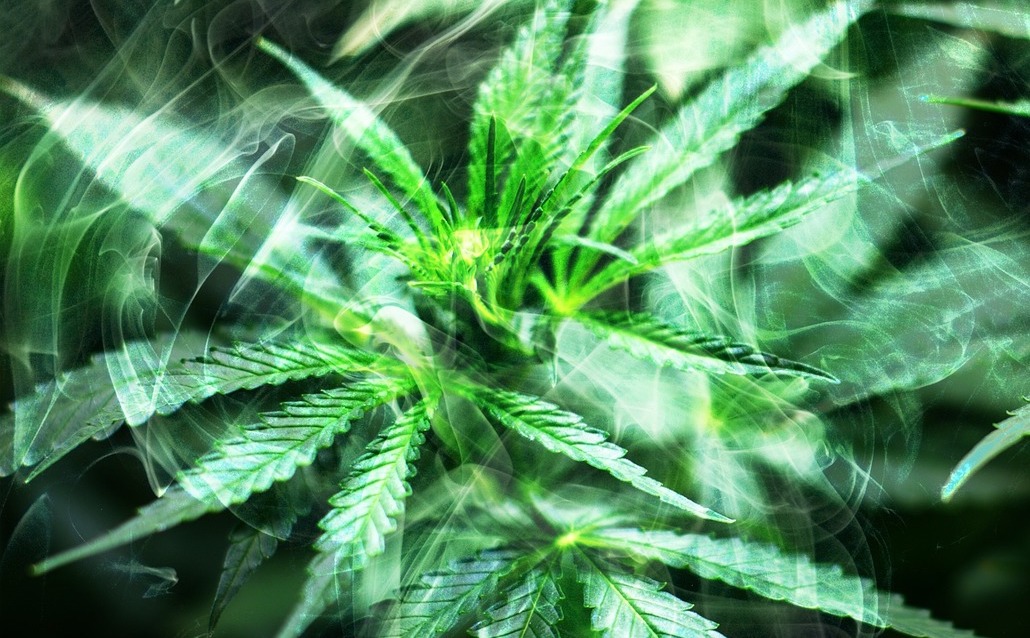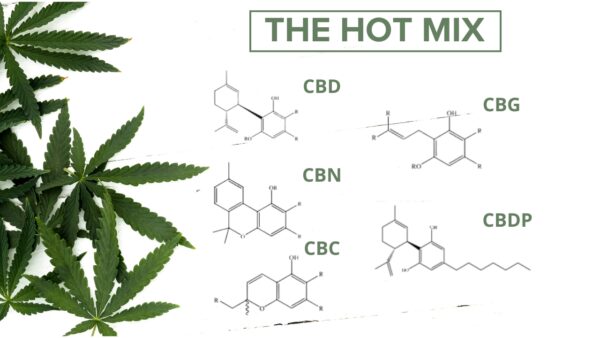Have a question? 06 70 73 89 02
🔞 Not for sale to under 18s
🎄 End of the year = Maximum discounts on ALL products 🎅
Have a question? 06 70 73 89 02

Disappointed by the ban on HHCO and THCP derivatives? You can dry your tears, because in the meantime, knowledge about natural cannabinoids has progressed enormously. Enough so that we can now offer you a legal, natural and, above all, potent alternative! THM, for The Hot Mix.
Can you hear us? Are you interested? Let's get on with it!
THM is exclusive to CBDOO. It is a new type of product developed by one of our most competent suppliers.
It's a cocktail of CBD, minor cannabinoids, terpenes and flavonoids skilfully selected and dosed to guarantee powerful effects. THM delivers intense relaxation and a mild feeling of euphoria, all thanks to natural, legal compounds.
No false promises, no mystery ingredients, just precise dosages of CBD, CBDP, CBN, CBG and CBC specially compounded to correlate with the specific terpenes and flavonoids naturally present in the flowers, creating a powerful entourage effect.
To learn more about each THM compound, visit our dedicated article: CBG, CBN, CBC, CBDP discover the THM compounds.
The entourage effect has long been a hypothesis aimed at explaining the variation in cannabinoid effects from one plant to another. Indeed, when consuming hemp or CBD, the levels may be the same from one variety to another, while the effects are experienced differently. In the 90s, this theory was developed, which lends this behaviour to the synergy between cannabinoids, terpenes and flavonoids.
If you're not familiar with these terms, here's a quick definition:
Chemical compounds found in hemp and cannabis that interact with the endocannabinoid system: CBD, THC, CBG...
Organic compounds produced by many plants - there are over 200 of them in the different varieties of hemp - are responsible, among other things, for the taste and smell of flowers and resins. Among the most widespread are terpinolene, beta-caryophyllene, humulene, alpha pinene and beta pinene.
They are also organic compounds found in a large number of plants. These pigments are responsible for the color of flowers and fruit. For example, it's thanks to anthocyanins that varieties in the "Purple" family have their distinctive purplish color.
Interestingly, Terpenes and Flavonoids can also have similar effects to cannabinoids, intensifying their effects.

For a long time, this entourage effect remained an untested hypothesis. But as you know, the progressive decriminalization of cannabis on a worldwide scale has enabled a growing number of researchers to take an interest in the plant, trying to unravel the number of mysteries that have accumulated over time.
As long ago as 2011, Ethan Russo of the Salisbury Pharmaceutical Institute in the UK, listed the relatively long list of cannabinoids, flavonoids and terpenes we already know about, their interactions and the practical cases in which they have been observed and can be used.
He concludes:
"Selective crossing of terpenoid- and phytocannabinoid-specific chemotypes has thus become a rational target that can lead to new approaches to disorders such as treatment-resistant depression, anxiety, addiction, etc,[...] A brighter future via cannabis phytochemistry may be an achievable goal through further research into the entourage effect in this versatile plant that can help it fulfill its promise as a pharmacological treasure. "
This call did not go unheeded. In 2020, a group of Israeli researchers embarked on a study entitled "The entourage effect: Terpenes Coupled with Cannabinoids for the Treatment of Mood and Anxiety Disorders".
According to them, " Synergistic interactions can be found between different cannabinoids and between cannabinoids and terpenes." And while "Further research is needed to investigate the potential therapeutic value of adding terpenes to CBD treatment, with or without additional THC for the benefit of patients suffering from depression, anxiety or BD", "The use of various cannabis-derived compounds opens up the possibility of avoiding the adverse effects of available antidepressants and mood stabilizers while treating mood disorders.
And finally, more recently, an Australian study conducted by Dr. Lyndsey Anderson for the Lembert Initiative in Australia studied CBDA levels in the blood after taking CBD alone and broad-spectrum CBD. This experiment demonstrated that broad-spectrum CBD produced CBDA levels up to 16 times higher than those produced by CBD alone.
In view of recent discoveries, there seems to be no reason to doubt the veracity of the entourage effect and its definite impact on the effects of cannabinoids.
Unlike many other products other than CBD, THM's availability does not benefit from an uncertain status. THM is composed of known, studied and safe cannabinoids. It is not addictive or addictive. What's more, it contains less than 0.3% THC, in compliance with French and European regulations.
Discover our legal CBD derivatives
In other words, THM is totally legal and will remain so!
THM testifies to the scale of recent advances that have taken place in the world of CBD. The more knowledge is developed on the subject, the more researchers are able to appreciate the vast scope of what remains to be discovered, as well as the potential medical benefits that lie behind each discovery.
The entourage effect is no longer just a theory. With a better understanding of these mechanisms and repercussions, some researchers see the possibility of replacing certain treatments with heavy side-effects, or managing patients who are usually resistant to chemical treatments.
It's also much more interesting for the consumer than the CBD molecule alone.